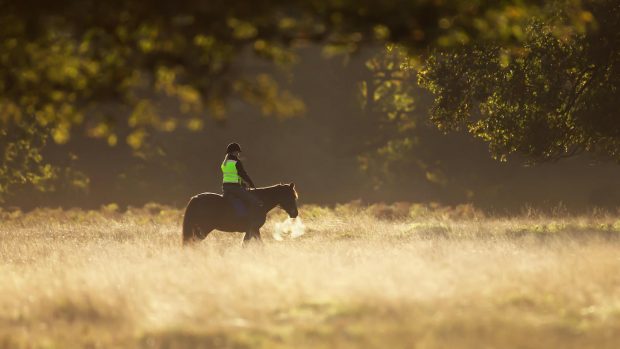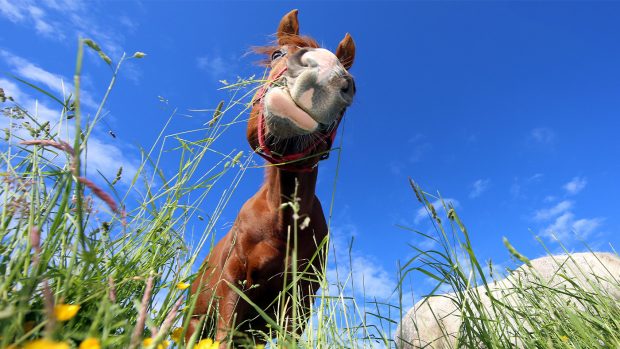Owners are not supposed to be nutritional experts and the easiest way to determine what is in a specific feed is to ask the company.
Teresa Hollands, chief nutritionist at Dodson & Horrell, says: “We can help owners choose the right feed. It helps if owners take an honest look at their horse’s condition, especially the neck and the ribs, and mention any concerns they may have.”
On the spot, the best way to evaluate a feed is to look at it.The choice between cubes or mixes remains a personal one, but mixes can be more heating than cubes as they have a higher starch content. Fussy eaters can find mixes more palatable, but for horses being fed in the field, cubes may be more convenient.
“I like to see a mix that looks good enough to eat myself,” says Teresa Hollands.
“It’s easier to hide raw materials in nuts, which can utilise low-quality ingredients,” says Derek Cuddeford. “With coarse mix, you can identify the recipe and check that all the dust and grit has been taken out.”
To make the feed look more attractive and be more palatable, a glucose syrup is often added, which also increases the feed’s energy levels.
“There are almost no compound feeds that contain a higher sugar level than that found in spring grass,” says Deborah Lucas. “Horses are similar to humans in that they have a slight bent towards sweet products and even cereals contain between 2 and 5% sugar.”
For the average riding horse, Derek Cuddeford says: “Owners tend not to believe that everything necessary has been put in to make up the product and they add supplements, herbs and goodness knows what.
“They should have faith in their product and take advantage of all the information available from the top feed companies, who have invested heavily in research.
“There can be no cheap gimmicks in this game. Find a quality product that suits your horse and stick with it”
Feeding factfile



